I got another nice e-mail from a reader wanting to share their tennis journey. His name is Josh Kaiser and here’s his story.
My tennis journey began at age seven. My mom, recognizing my early inclination toward athletics of any kind, signed me up for tennis lessons with the local parks and recreation department in my small town on the Oregon coast. The instructor must have taught me the basics of groundstrokes and scorekeeping, but I mostly remember counting the number of times I could bounce a tennis ball off my racket without letting it hit the court (I could surpass 100 on a good day). Aside from that, I remember loving the feel of a racket in my hand and the satisfaction I gained each time I hit a ball over the net. In fact, it was almost as fun as baseball—high praise from my seven-year-old self.
By age nine, I started playing in my town’s annual summer tennis tournament. The competition wasn’t especially fierce in my age bracket, but there were several skilled players and one player, in particular, who beat me every time we played. I was happy to finish in second place in two of the tournaments (losing to my nemesis each time) and even happier to discover one year that my chief rival was inexplicably absent from the tournament, allowing me to take home the first-place trophy. During this run of tournaments, I used a white Sentra Ceramic Pro Midsize tennis racket (which I still have) and usually wore a rather garish pair of Hawaiian shorts.
My Tennis Journey – Sending balls to Outer Space
I also have a memory, around age 10, of watching some older kids rallying on the court next to mine. They were taking huge swings with their forehands and blasting the ball back and forth with all of their shots falling inside the baseline. I was enthralled by the big swings and quick pace and decided I needed to start hitting the ball harder as well. The next day, after a couple of minutes of hitting with a friend, I decided the time had come. On the next ball hit to me, I took a huge backswing, let out a grunt, and plowed through the ball with my racket. I watched the ball travel over the net…and over the baseline…and almost over the back fence. Undeterred, I tried a second time, concentrating as carefully as I could as I ripped a forehand from the baseline. On the plus side, this second ball avoided the back fence; unfortunately, it did so by traveling completely over the fence and ricocheting off a Douglas Fir tree. As my friend and I only had two other balls to play with, I decided to cut my losses and go back to my more controlled forehand. Still, I couldn’t get the older kids out of my head. What was their secret? How did they hit so hard without their balls going long?
The mystery was revealed soon after. A new parks and recreation employee had recently joined the department, and one day that summer, while I was hitting balls with him, he called out: “Hey! You have some great strokes, but you should really try hitting with more topspin.”
“Topspin,” came my uncertain reply, “what’s that?”
Little did I know my entire understanding of what was possible with a tennis racket was about to be blown wide open. I had been taught a continental grip at age seven and hit flatly on every stroke. I suppose there were times I inadvertently generated a little topspin or slice, but I really didn’t understand the concept of spin. Now, with this new instructor showing me an Eastern grip on my forehand and working a little on my technique, I could suddenly hit balls almost as hard as the older kids and have them fall inside the baseline. The transformation was almost magical, and my enjoyment of tennis rose exponentially.
Wilson Pro Staff and Pierre
By the time I was in high school, I had developed into a pretty solid player. Much of my learning was through observation of others and trial and error. Aside from the lessons during the summers when I was younger, I never received formal instruction. Apart from the annual tennis tournament, I never played any other official matches or participated on a tennis team (my local high school did not offer tennis, though I probably would not have played anyway because it would have conflicted with baseball, my first love). At some point, early in high school, my dad took me to a local sporting goods store to buy my first real racket to replace my old Sentra. I chose a Wilson Pro Staff 6.1 Classic, mostly because I liked how it looked and knew Pete Sampras used one (well, a slightly different model, but close enough). I have fond memories of the racket and still hit with it from time to time when I’m feeling a burst of nostalgia.
While I didn’t have a tennis team or formal tennis lesson in high school, I did receive help from an older gentleman named Pierre. I met Pierre one day at the tennis courts when I arrived early for a hitting session with a friend and saw him on a court by himself practicing his serve. He noticed me standing around and called me over with his thick French accent. The next thing I knew, we were serving back and forth, playing some points, and chatting about the beauty of the one-handed backhand.
Thus began a semi-regular tradition. I would meet Pierre at the tennis courts, we would rally back and forth, we would serve some points to each other, and he would offer advice on my groundstrokes. He was someone who seemed to really love the game of tennis—someone who, even in retirement, wanted to tinker with his serve and improve his volleys. He was also encouraging to an unfailing degree. When I mentioned during my senior year of high school that I would be off to college soon, he responded, matter-of-factly, “you will play tennis?” Well, yes, for fun, I thought to myself. Is that what he meant? But no, as we began talking, it became clear that he was asking if I would play for the college tennis team. In fact, he wasn’t really asking—he was assuming that I would. I laughed it off and didn’t think much about it. I appreciated how encouraging Pierre could be, but really: was I good enough to play tennis at the collegiate level?
The road to tennis college
Fast-forward several months to the first week of classes at the small, NCAA Division III liberal arts college I attended in Oregon. One of the classes I had signed up for my freshman year was tennis (I almost cried tears of joy when I realized I could receive college credit for a tennis class). On the very first day of class, we broke up into pairs to rally back and forth and hit some serves. I think the class instructor (who was actually the college basketball coach) wanted to get an idea of everyone’s skill level. After a few minutes of hitting, it was clear that I was the one player in class who stood out. I could hit groundstrokes with precision and pace; I could hit first and second serves with speed and consistency. At the end of class, the instructor pulled me aside and said, “are you here to play tennis?” It dawned on me that he was asking if I had been recruited for the tennis team. I said, no, I didn’t intend to play tennis: it was just something I did for fun. He nodded and said: “Okay, but I think you should try out for the tennis team.”
A month later, I attended the tryout and surprised myself by earning the final spot on the team. I guess Pierre had been right after all. The tennis coach said I had several areas for improvement, but he liked my athleticism and overall potential. That year was a significant year of growth in my tennis game. I finally received some top-notch coaching and was pushed to excel by other players on the team. The results were noticeable (particularly my volleying, which had been somewhat embarrassing up to that point, as well as my backhand). Interestingly, the coach also urged me to retire my Pro Staff and switch to a Prince Thunder 820 Longbody racket. To this day, I’m not really sure why he thought that racket was a good fit for me, but I made the switch and, if nothing else, it added some increased power to my game.
As it turned out, I played only a single year on the tennis team. Even at the Division III level, the time commitment was a little too much for me, given the other activities and internships I was becoming involved in. Part of me wonders how far my game would have progressed had I played all four years, but a larger part of me realizes that I made the right decision.
Moving across the pond
After college, my life became filled with marriage, graduate school, and travel. I still played and enjoyed tennis from time to time, but I was not hitting balls regularly or increasing my skill level. Had it not been for my wife, who was always game to hit with me, I probably would have played even less. As more time went on, life became filled with still more things—a teaching career, house projects, adult-league baseball, a child—and tennis slipped even further into the background. It was not that I lost my fondness for tennis or that I consciously decided to stop playing, it just sort of happened. I still had my rackets and racket bag, but they mostly sat in the basement, gathering dust.
Then came the fateful day when my family moved from the Midwest of the United States to a small village near Oxford, England. With my wife busy in her new job at Oxford University and my daughter happily meeting new friends at school, I needed something to do in addition to the freelance editing and part-time consulting work I was doing from home. So, I decided to join the local tennis club, about a 10-minute walk from my house. I still remember the first night I arrived for one of the social evenings. The four courts were already full with doubles pairs, and I awkwardly stood outside the fence, unsure of the club protocol for joining a match. Luckily, the one person whom I had briefly met several days earlier noticed me at the end of a game and called out: “Hi! Glad you could make it. Here, come in and take my spot.”
Before I knew it, he had run off the court, and I, still somewhat uncertain, ran on to take his spot in the middle of a set. It may seem strange to say, given my success with tennis in the past, but my insides were churning as I pulled out a racket, briefly introduced myself to the other players, and then, to my horror, discovered that it was my turn to serve the next game. At that point I had not played any tennis in over a year. I don’t mean I had not played a match in over a year: I mean, quite literally, I had not swung a tennis racket and hit a ball in over a year. I tried to control my breathing as I bounced the ball twice, the beginning of my service routine. I was sure I would shank the first serve off the frame of my racket and send it flying out of the court. I was greatly relieved when, instead, I slammed the first serve into the net. Luckily, my second serve went in, and I was off, restarting my tennis journey after a long interlude.
Tennis to break the ice
Now, a year later, I don’t know what I would do without the tennis club. It has been a wonderful social outlet, particularly for an American expat, and has allowed me to slowly regain some of the tennis skills that had eroded during my long layoff. I compete in team tennis matches with other tennis clubs and also play friendly, inter-club matches (both singles and doubles). I may never return to the heights of my tennis glory as a 19-year-old college student, but I’m quite content with how my 41-year-old tennis self is developing. I even decided that it was time for a new racket (i.e., something less than 25 years old) and recently purchased a Wilson Blade 98 v.7 (16×19 string pattern). If my past history is any indication, it is a racket I will likely have for some time!
Little did my seven-year-old self know that after all these years, I would still be playing tennis. I even bounce the ball up and down on my racket from time to time, just for fun. It never seems to get old.
Thanks Josh for sharing your tennis journey! If you want to share your story on how tennis has played a part in your life, use the contact form. If you want to read my tennis journey, check out this post.
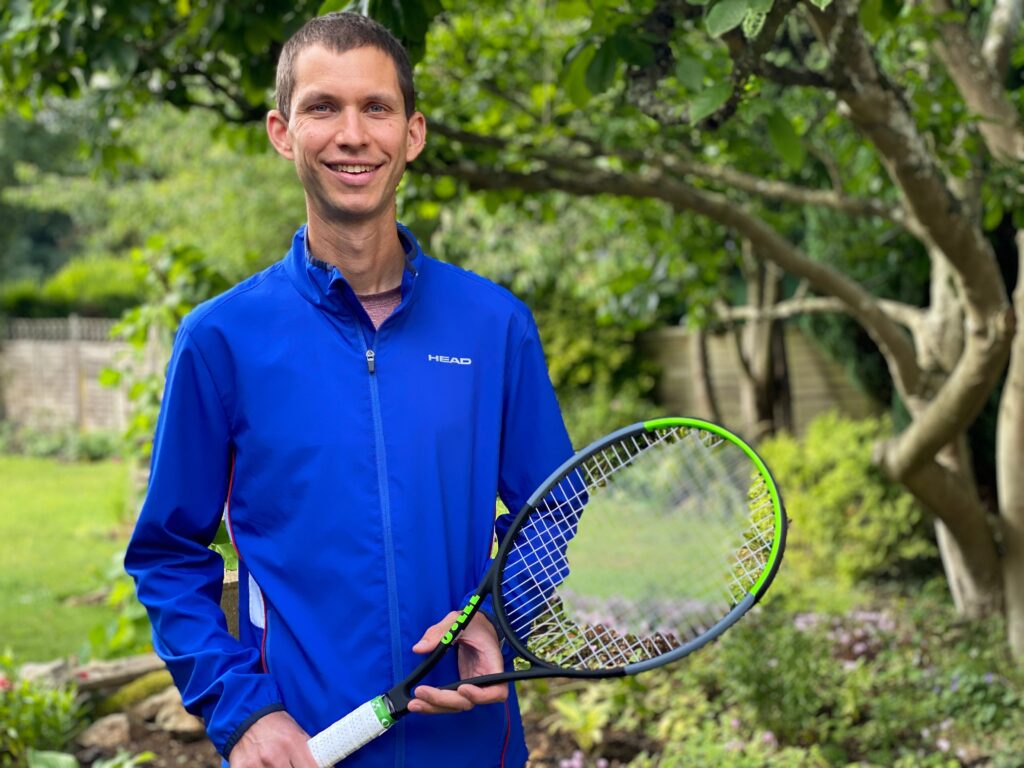
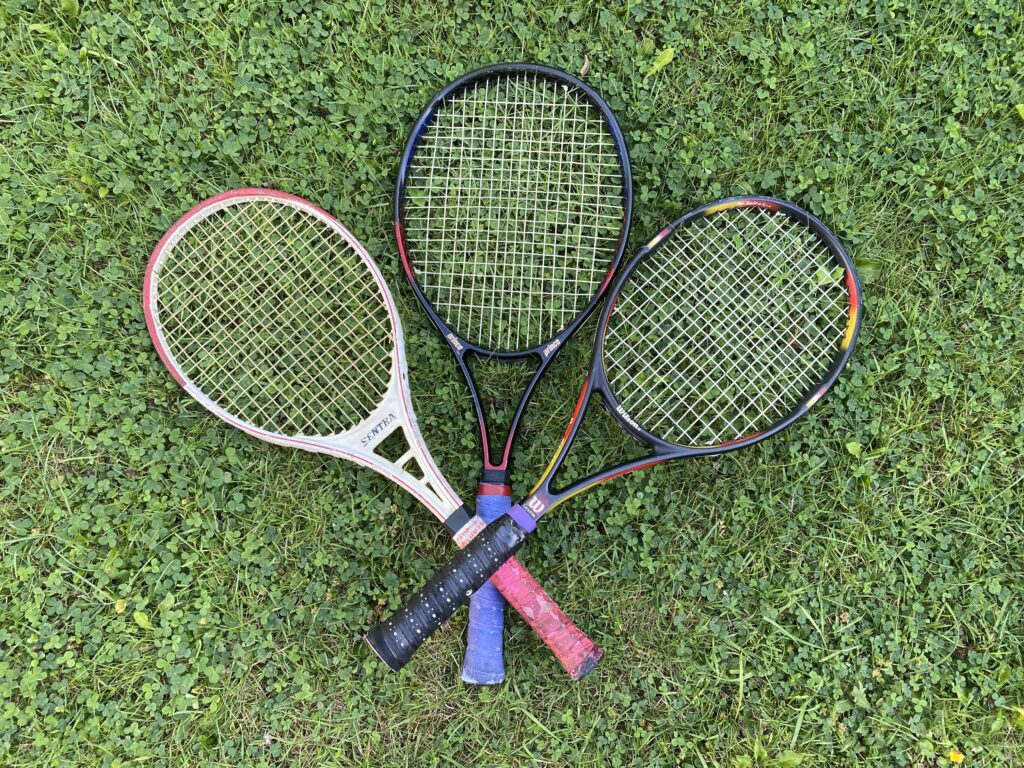
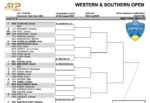

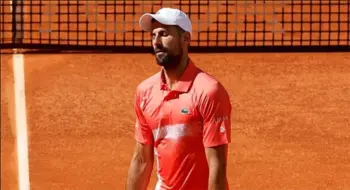
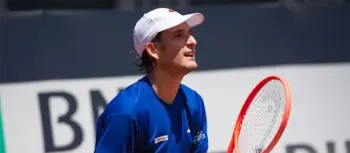
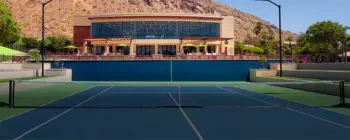
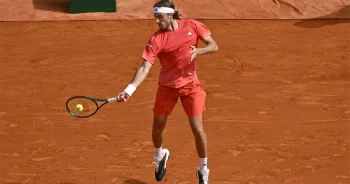
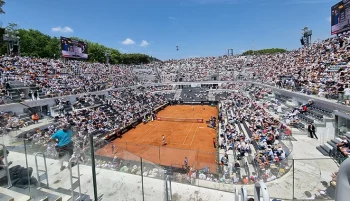
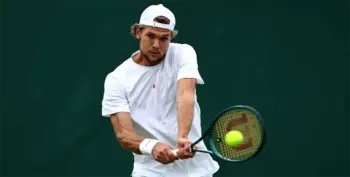
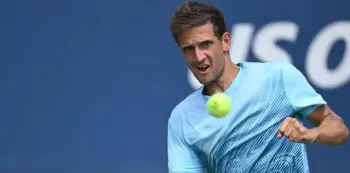
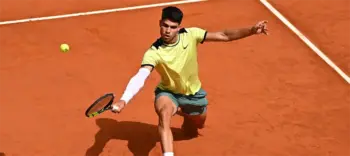
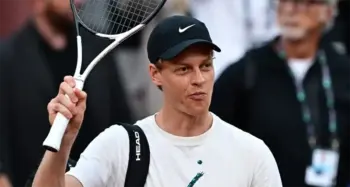
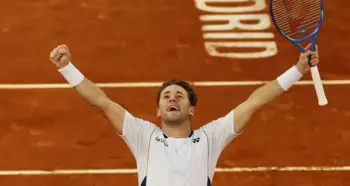
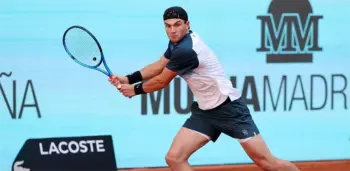
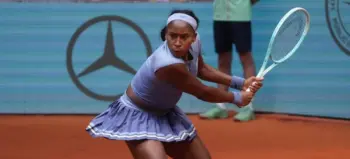

Great journey! Funny how often tennis leaves us as we work to become adults only to return 20 years later, when as adults, we look back to childhood again.